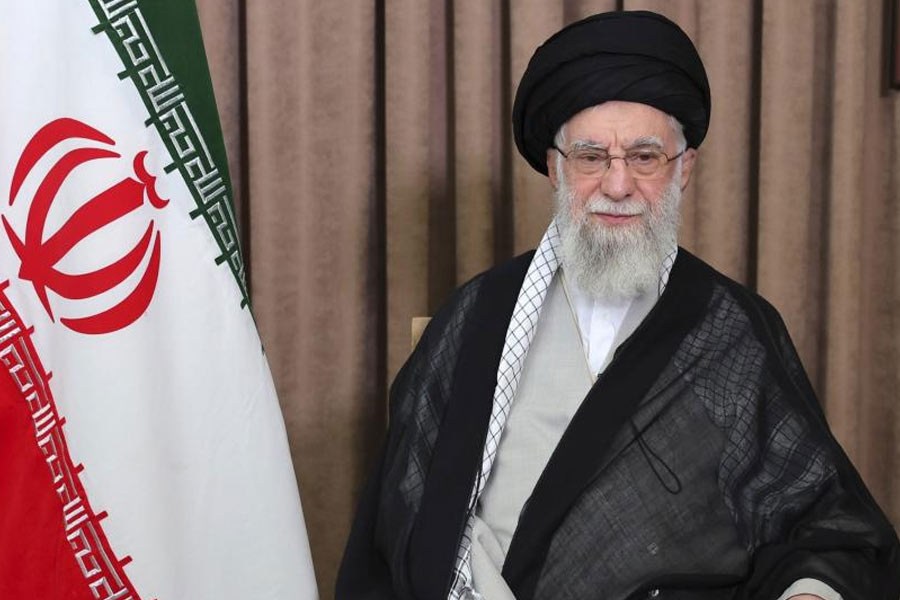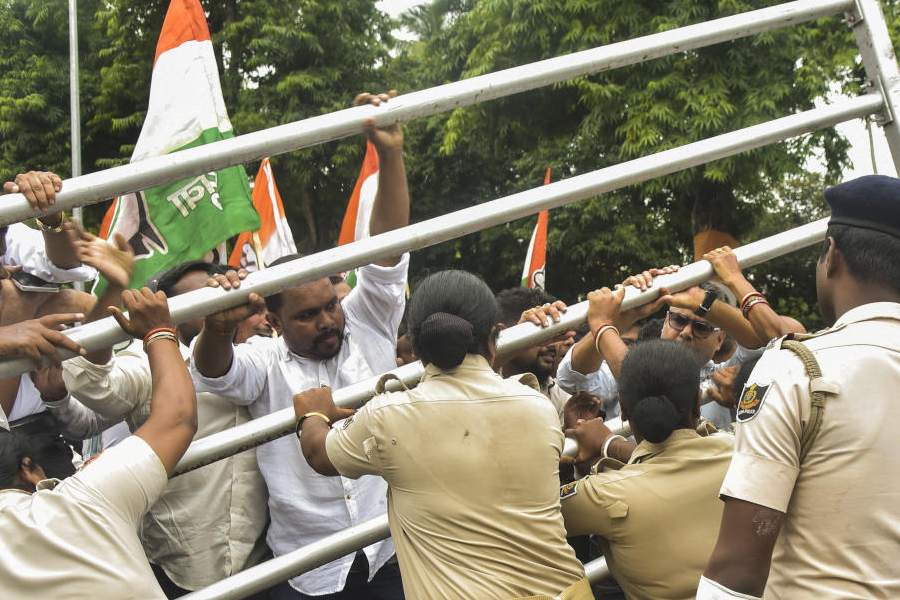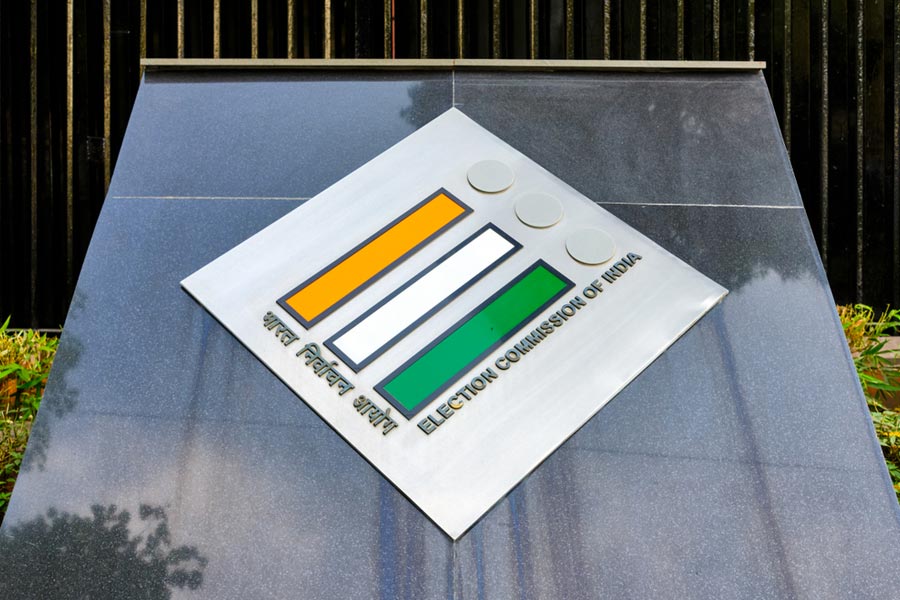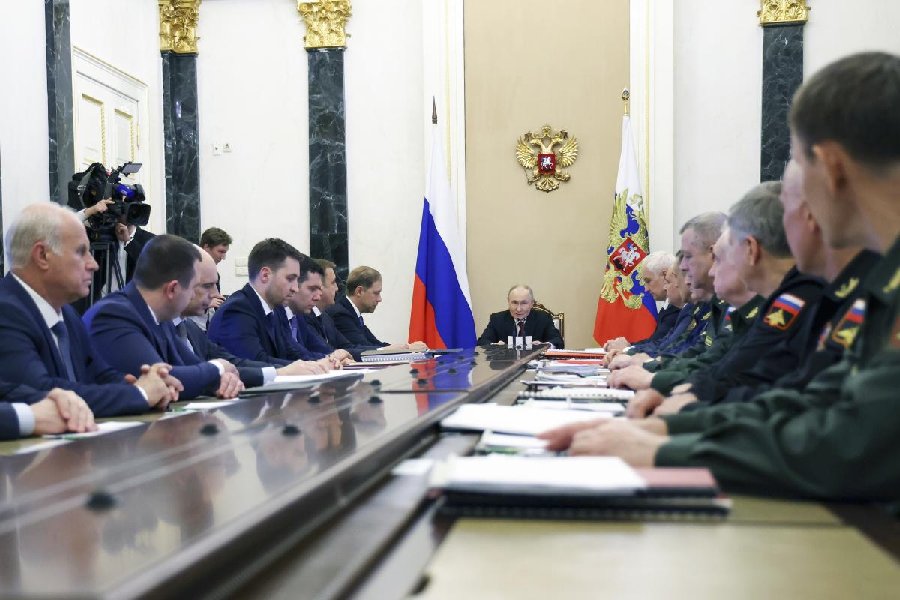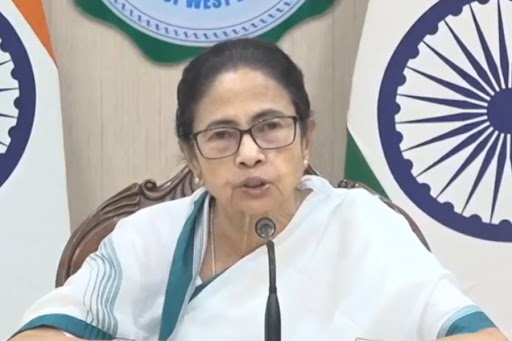
A few years back, I was arguing for an exclusive art gallery in the ever-growing state capital, Bhubaneswar. My arguments were tinged with vehemence, but now the argument has lost its teeth. I have realised that there are a number of galleries operating in small towns and big villages all across Odisha. These galleries are attached to workshops of artists and artisans, and sadly we have not taken cognisance of this creativity. Rather we have failed to recognise these as art galleries. What about the temples and monasteries (mutts) with exquisite wall paintings now vandalised and walls washed away with lime or defaced with ugly tiles? Were they not serving as rural art galleries to the laity? The sad plight of these galleries changed my perception about art galleries.
The other day I was in Paralakhemandi, an erstwhile princely town that had taken the lead for the formation of a separate state for the Odia people. I attended a seminar or Prahallad Natak, which is a languishing classical theatre form of our state. I, with my inquisitiveness to review traditional art galleries paid a visit to Odia Mutt and almost broke down in tears when I saw the painted walls completely white washed. This is just an instant and there are several such galleries, which are vandalised all over Odisha.
Of course, this does not mean that we should not have an (or even a number of) art gallery in the state capital and other important urban hubs like Cuttack, Rourkela, Berhampur, Sambalpur and Balasore. Especially when we have a stately imposing building for officials who deal with criminals and several imposing structures for corporate houses who manage wealth and hospitals who know the art of slow death.
An immediate solution could be to approach the authorities of those buildings to carve out a space for art. Art should be a part of living, like the steel companies propagation telling there is a little bit of steel in everybody's life. Art galleries may not exist with specific denominations, but could be an attitude of life and living. That was how the ancient and mediaeval Odias behaved with their towering monuments and monasteries. We do boast about these monuments and they are our pride, drawing tourists from all over the world. But, in the same vein we are demolishing our existing art galleries because of our sheer ignorance. Our genuine love for things that are beautiful has given way to love for easy money, how ugly that could be?
A recent visit to Soro town in north Odisha reaffirmed my understanding of an art gallery. I was in the town to attend a literary meeting and wanted to know what else other than the great Odia poet Radhanath Ray could be their source of inspiration. Quite unaware of the artistic life in the town, the organisers of the literary fest pointed out a half constructed bridge meant to control growing traffic. I was taken aback by their misplaced wisdom and sheer ignorance about their artistic achievements.
However, I had the occasion to visit two art galleries operating on the sides of the National Highway. All these years while travelling on this road, I had sparingly noticed them, but with a sense of disdain. But my entire orientation changed when I stepped into their premises to discover the wealth of art lying like pebbles on the roadside.
I went to the stone-carving workshop of Golak Patra. The signboard proudly announced, B.K. Stone Carving. I was fascinated bythe signboard, since it carried the words B & K with which I am familiar. For me B.K. signified B.K. College of Art in Bhubaneswar where I taught for more than a decade. I thought that the workshop cum gallery might have belonged to a group of pass outs from that institute. Quite contrary to my assumption, I was taken aback when I realised that the chief of the gallery, Golak Patra was unschooled and even did not belong to a traditional stone carving family.
I was at loss of words to see a large variety of sculptures. There were traditional Odia sculptures as well as sculptures made in southern Andhra style. Images in black granite quite similar to the ones found in Mahabalipuram in Tamil Nadu, gods and goddesses in plaster of Paris, cement and fibreglass were all very well crafted. There were spiritual preceptors, political leaders, godmen and celebrities like Sachin Tendulkar and Amitabh Bachhan and an unknown soldier of the locality who had died in the Kargil War of 1999. The ones, which attracted the most attention, were the half clad and full nudes of stylish women standing in overwhelming postures. In an art gallery, you may not venture to label a piece of art as objectionable unless you are a conductor of moral code and a fanatic, which I am not. I enquired from Golak Patra about their specific patrons and the reply was the neo-rich who own farmhouses.
Golak Patra took me to a roofed structure, which he mentioned as his gallery. He wanted me to see the array of 'crotics' in Picasso’s cubic style. These are exported to Calcutta along with half finished images of Kali. An unfinished Kali image was priced at Rs 15,000 and after getting finishing touches in Calcutta workshops will be sold at Rs 30,000 per image, Golak quipped. Golak sells about thirty such images a year, but where do they go? Well, Golak has no idea.
Golak wanted to show me what he had designated as modern sculptures. Each image had a social history. One was about AIDS; the second was about child labour. I was fascinated by a sculpture carved out of green stone.
A worm was pushing a large globe and both were placed on a banana leaf. Golak captioned it as ‘Progress.’ I was amazed at the contemporary concept. In reply, Golak said he got the idea from Satish Gujaral while he was working as an assistant at his studio in New Delhi. I was wonderstruck at the kind of stylistic evolution that has emerged spontaneously in their work procedures. Starting with traditional to colonial, pop and terminating in modern and contemporary.
I was curious to know what B.K. stood for since the time I entered the workshop-cum-gallery. Without answering, he asked me to follow him to the studio of his teacher Braja Kishore. Thirty to thirty five artists were busy carving, shaping and finishing the sculptures.
The master was working at his magnum opus, a sculpture depicting the future of mankind. The sculpture portrayed nature on flames, human beings reduced to skeletons, and a skeletal man wearing a garland of skulls. Braja Kishore, the master sculptor was quite eloquent. He took us to see another sculpture. It was of Mahatma Gandhi's India.
Two of Gandhiji’s monkeys have fled away while the third one was trying to give a slip; he somehow caught hold of it. Gandhiji was in tears, teardrops rolling down his cheeks. Gandhiji’s glasses, spinning wheel, his watch were all in disarray.


